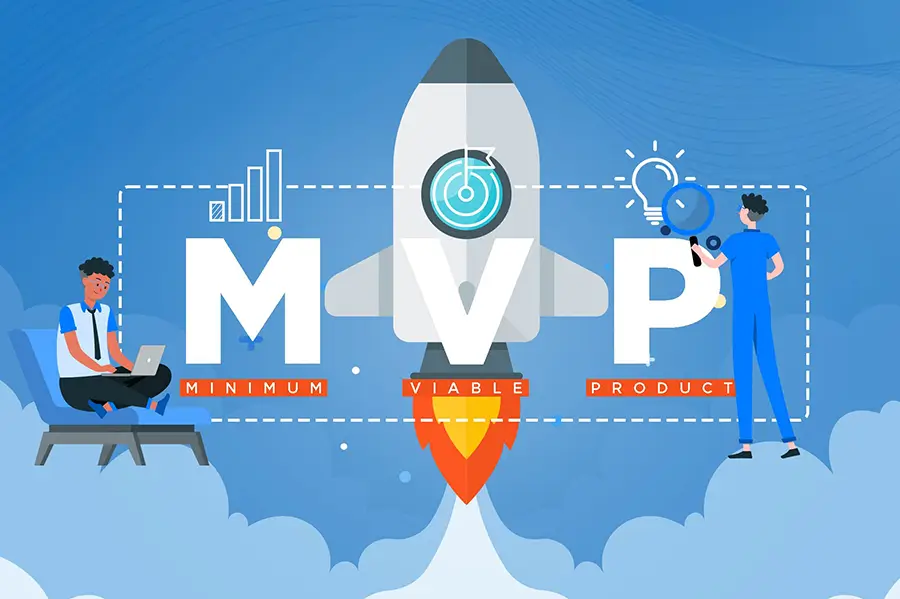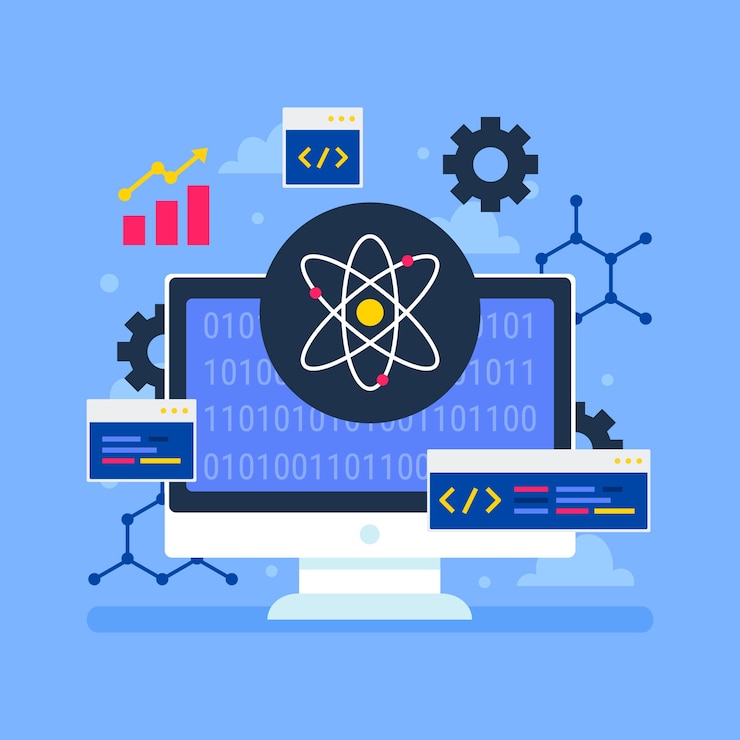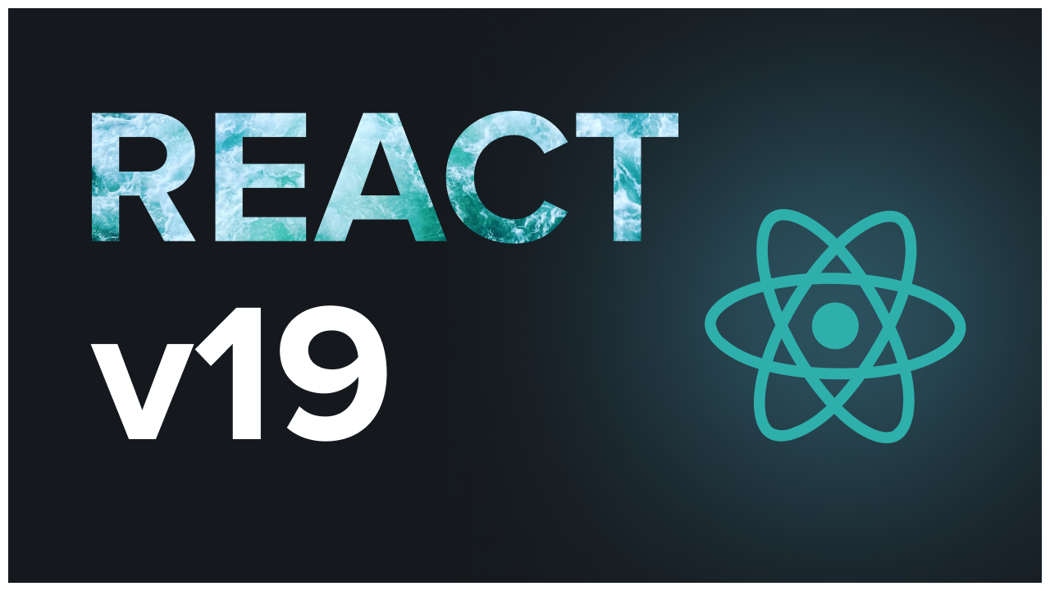MVP Development: How to Validate Your SaaS Idea in 30 Days
Got a SaaS idea burning a hole in your brain? Don’t waste months—or money—building something nobody wants. With a Minimum Viable Product (MVP), you can test your concept in just 30 days and know if it’s worth pursuing. This guide cuts the fluff and gives you a clear, practical plan to validate your SaaS idea fast.
Let’s make it happen.
Day 1-3: Nail Down Your Idea
Start by focusing your vision:
- Solve One Problem: Pick the core pain point your SaaS addresses. Example: “Small businesses need affordable invoicing.”
- Define Your Audience: Who’s hurting the most? Be specific—e.g., “Freelancers under 35.”
- Set a Hypothesis: Write it down: “If I offer X, then Y will pay for it because Z.”
Action: Spend a few hours sketching your idea on paper. No coding yet—just clarity.
Day 4-7: Design a Lean MVP
Keep it simple—your MVP isn’t the final product:
- Core Feature Only: Build the one thing that proves your idea works. For invoicing, that’s creating and sending an invoice—nothing fancy.
- Choose Tools: Use Laravel, Bubble, or even a no-code platform like Glide to whip it up fast.
- Skip Perfection: Ugly but functional beats pretty and useless.
Action: Outline your MVP’s must-have feature in a checklist. Aim for “done” by Day 10.
Day 8-15: Build It Quick
Time to get your hands dirty:
- Set Up Your Base:
With Laravel:
- Code the Core:
- Example: A basic invoicing form with email delivery
- Launch Locally: Test it on your machine first.
Pro Move: Focus on function, not polish—speed is your friend.
Day 16-20: Find Your First Testers
You need real feedback, not guesses:
- Tap Your Network: Ask friends, colleagues, or social media followers to try it.
- Hit Niche Communities: Post on X or forums like Indie Hackers with a simple pitch: “Hey, I built this—can you test it?”
- Offer It Free: Early testers don’t pay—they validate.
Action: Aim for 10-20 users. Send them a link and a 3-question survey: Does it work? Would you use it? What’s missing?
Day 21-25: Gather and Analyze Feedback
Data beats opinions—listen to your testers:
- Track Usage: Use simple analytics (e.g., Google Analytics) to see what they click.
- Spot Patterns: If 80% say “It’s slow,” that’s a red flag.
- Tweak Fast: Fix glaring issues—like a buggy button—in a day or two.
Reality Check: If nobody likes the core feature, rethink your idea now—not later.
Day 26-28: Refine and Decide
Polish just enough to test willingness to pay:
- Add a Price Tag: Introduce a “beta discount” (e.g., $5/month) and see who bites.
- Ask Directly: Email testers: “Would you pay for this? If not, why?”
- Measure Interest: Even 3-5 “yes” answers signal potential.
Action: Update your MVP based on feedback—keep changes small but impactful.
Day 29-30: Validate or Pivot
Time to face the truth:
- Success Signs: Users engage, some commit to pay, and feedback is mostly positive.
- Warning Signs: Nobody uses it, or they hate the core idea.
- Next Steps:
- Green light? Scale it into a full SaaS.
- Red light? Pivot to a new angle or scrap it.
Gut Check: Be honest—don’t cling to a dud just because you built it.
Why This Works
In 30 days, you’ve gone from idea to real-world proof with minimal risk. An MVP isn’t about perfection—it’s about learning fast. By focusing on one feature, testing with real people, and staying lean, you’ll know if your SaaS has legs before you bet the farm.
Your Move
Got a SaaS idea? Stop dreaming and start building. In 30 days, you’ll have answers—not just hopes. Grab your laptop, pick your tool, and validate that concept today.




